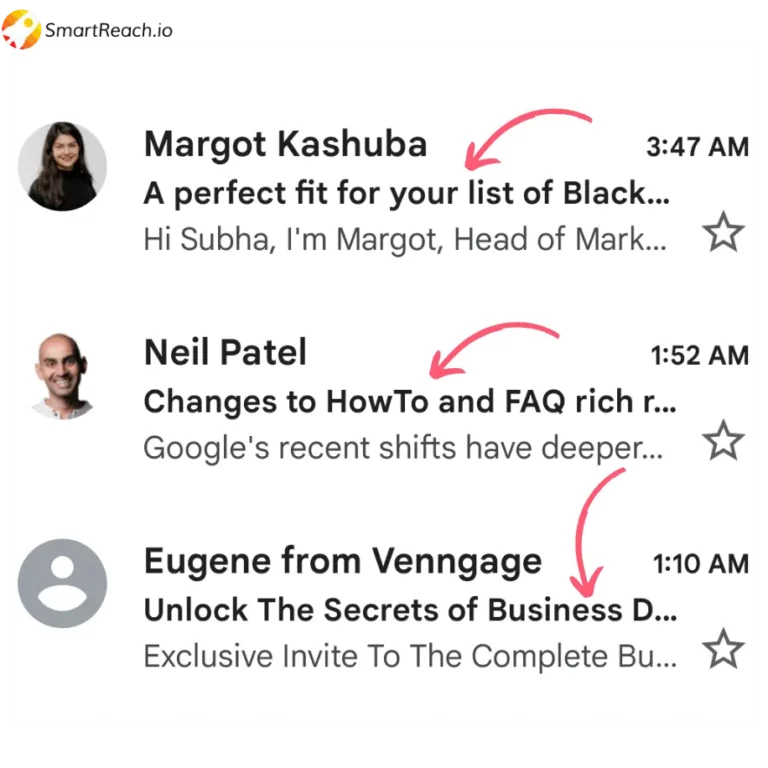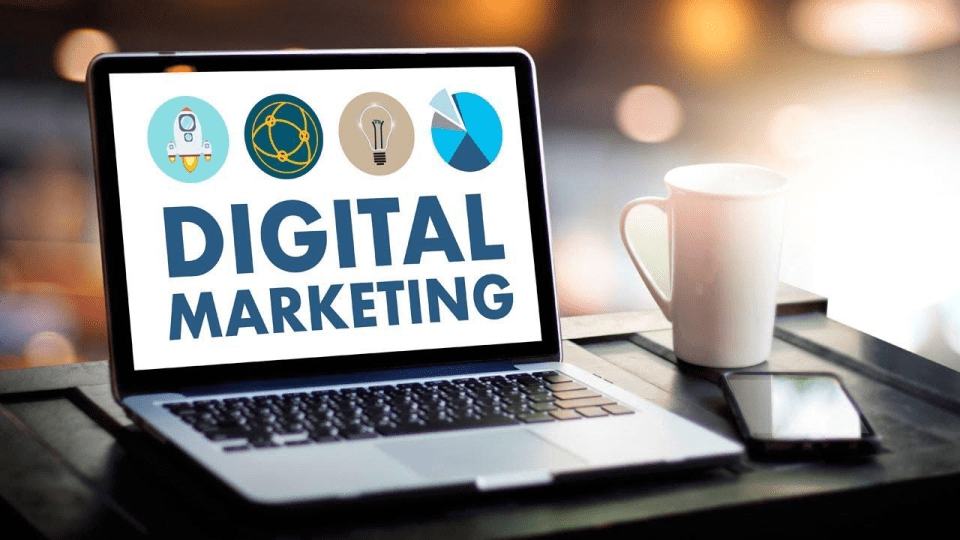New Email Marketing Tactics To Increase B2b Leads
Marketers in large B2B organizations shy away from lead generation. Is that true?
Absolutely not! These organizations may not operate in the same manner as a small business. But they do need leads to increase sales and revenue.
Long story short, every organization needs leads; their approach to lead generation is different. As large enterprises have brand value, they receive quality leads easily. The lead generation approach they follow- to spread awareness among customers about their brand, that includes USP, extra benefits they provide, and many others.

Small businesses rely on lead generation processes that will generate leads instantly and connect with potential customers to close deals. This is because they need revenue to support future campaigns. Thus, you see how their approach differs.
But is the basic marketing strategy different?
The answer is no in many cases. For instance, one of the strategies to increase leads is email marketing. And it works wonders for small and medium-sized businesses and large enterprises.
According to Delphin Digital’s email marketing Statistics & Insights, global email users are projected to grow from 4.83 billion in 2025 to 5.61 billion by 2030, with 77% of B2B buyers preferring email as their primary communication channel and 59% of B2C consumers stating that email influences their purchasing decisions. Sources: CloudHQ; DBS Interactive; Amra & Elma LLC)
And why not? If you see the graph below, you’d know the reason:

Source: Sender
Just as you see in this graphical representation, the average ROI through email marketing is the highest in retail, ecommerce, and consumer goods, followed by marketing and advertising agencies, software technology, media, and publishing.
So, you as a marketer, should never hesitate to use this tactic to increase leads; it has the power to give success like no other. A quote by Stewart Brand, American writer and editor, perfectly fits the context here:
“Once a new technology rolls over you, if you're not part of the steamroller, you're part of the road.”
In this blog, we’ll discuss some of the best email marketing strategies that you can integrate into your process. They are:
1. Segmentation
It is a crucial strategy. You just can’t send email campaigns to every potential customer on your b2b email list. First, you need to segment properly.
As we know, every customer has different requirements based on various factors, you should work accordingly.
In the pictorial representation below, you can see how segmentation works:
Source: fourweekmba.com
You can see how segmentation is executed. It is done by dividing groups into subgroups so that businesses can connect with accurate prospects. The segmentation is based on campaign activity, shopping cart abandonment, segments by purchase, location, interests, and preferences.
If a prospect has abandoned the shopping cart, it shows that they were interested in buying, and changed their mind for some reason. You need to connect with them to know the reason and further motivate them to complete the purchase.
Next, based on campaign activity, you can know which campaigns work for a specific group of customers. You can then design specific email campaigns for different prospects. Likewise, if you look into purchase history, you can segment customers as you know their requirements. Next, preferences, interests are looked into to send email campaigns.
The location of a potential customer is too a factor to send email campaigns. Customers in a specific location prefer products or services that aren’t popular in other parts of the world. Additionally, the time zone is a crucial factor when you need to send campaigns.
2. Personalization
This email tactics works for every business. Organizations can connect with potential customers across continents, and industries, eventually leading to sales through this tactic.
And how does personalization work?
The message is exactly designed to hit the right chord with customers. For instance, after segmentation, you’ve a group of potential customers. But will the same message work for all?
Of course, no, only some requirements may match because they share similar industry and technology. The exact needs of every organization will differ (just as some twins are polar opposites). You need to find that and develop an email accordingly. Please find the example below of a personalized email:
Source: wpforms
Just as you can see in this personalized email, the marketer mentions the recipient’s name, further stating all the features that are added to the new version of WPForms.
When you mention a user’s name, it’s the first step to personalization and has a huge impact on the customer’s mind. Further, when you state additional information about the technology, they use with the latest features, you win their trust.
This tactic works for all- SMBs and large enterprises. According to a finding, 89% of decision-makers in marketing believe personalization is useful for their organization (next 3 years).
3. Subject Line
A good subject line gives your email campaigns the right boost. As a marketer, you should look into subject lines that instantly attract the attention of your prospect. So, what attracts your audience?
The answer- solutions that resolve their business challenges. Develop email subject lines such as “Product to boost marketing campaigns,” “Sales through marketing campaigns,” and so on. Businesses need sales and revenue to maintain growth. And these subject lines support that mission. The next step is to make the subject line short and effective.
According to a finding, subject lines that have a minimum of 6 and a maximum of 10 words have the highest open rate (21%).
In the example below, you can see how marketers use short subject lines for their email campaigns:
Source: smartreach.io
These emails are smartly designed with subject lines with fewer characters and catchy headlines such as, “A perfect fit for your list..” “Changes to HowTo and FAQ rich..” “Unlock the secrets of business..” and so on. These emails compel the recipient to open and read emails and further take the right action.
With an increased email open rate, marketers have a huge chance to improve leads number.
4. Feedback and Survey Forms
How do you know whether the customer likes your product?
Well, you can do that through feedback. Do send feedback forms in emails and later analyze the likes, dislikes, and preferences of your potential customers. It will give necessary insights to improve your product and further upsell or cross-sell to existing customers.
Email survey forms, whilst used to collect useful information from potential customers, can even educate them. This is where marketers need to step up the game; they need to make the survey interactive. When prospects receive useful information from a brand, it improves the credibility of the brand.
It improves lead numbers subsequently, leading to more sales. In the example below, you can see an email survey:
Just as you can see in this example, the Headspace team has designed the email survey in a unique way. The marketers in the introductory line mentioned, “Yes, it’s a survey. But not boring.”
Most recipients will be attracted by this statement, “not boring.” Readers want interactions that are not only interesting but also useful for them. If brands mention that the survey is to improve customer service, it will increase leads.
Conclusion
Email marketing will stay one of the top marketing tactics for years to come by. Marketers need to find new approaches through email marketing to connect with potential customers.
We’ve covered some of the best tactics that will help you connect with global prospects and convert them.










